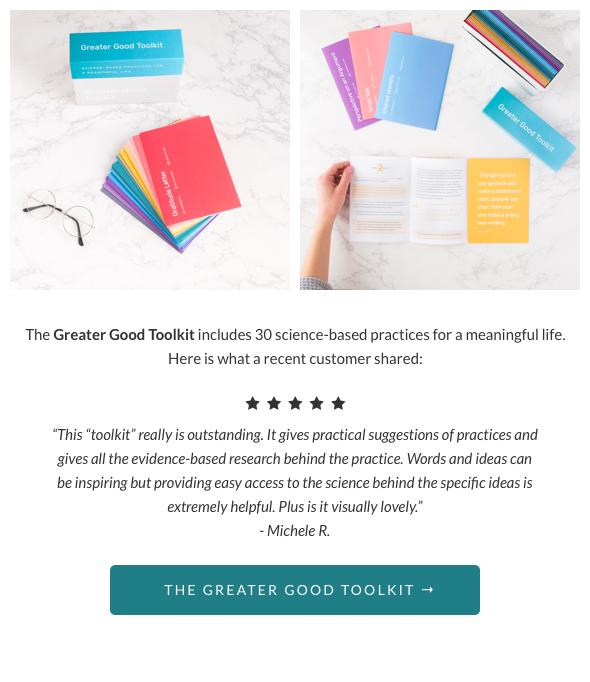Is There a Youtube Community for Music Like the Art Community
At GGSC'due south recent awe conference, Melanie DeMore led the audition in a group sing as part of the twenty-four hours's activities. Judging from participant responses, it was clear that something magical happened: Nosotros all felt closer and more than connected because of that experience of singing together.
Why is singing such a powerful social glue? About of us hear music from the moment we are born, often via lullabies, and through many of the near important occasions in our lives, from graduations to weddings to funerals. At that place is something about music that seems to bring us closer to each other and help united states come up together every bit a community.

There's little question that humans are wired for music. Researchers recently discovered that we have a dedicated function of our brain for processing music, supporting the theory that it has a special, important office in our lives.

Listening to music and singing together has been shown in several studies to directly impact neuro-chemicals in the brain, many of which play a role in closeness and connection.
Now new research suggests that playing music or singing together may be particularly strong in bringing about social closeness through the release of endorphins.
In one study, researchers found that performing music—through singing, drumming, and dancing—all resulted in participants having college pain thresholds (a proxy mensurate for increased endorphin release in the brain) in comparison to listening to music lonely. In addition, the performance of music resulted in greater positive emotion, suggesting i pathway through which people feel closer to one another when playing music together is through endorphin release.
In another report, researchers compared the effects of singing together in a small choir (20-80 people) versus a larger choir (232 people) on measures of closeness and on pain thresholds. The researchers found that both choir groups increased their pain threshold levels after singing; however, the larger group experienced bigger changes in social closeness after singing than the smaller grouping. This suggested to the researchers that endorphins produced in singing can human activity to draw big groups together quickly.
Music has also been linked to dopamine release, involved in regulating mood and peckish behavior, which seems to predict music's ability to bring us pleasure. Coupled with the effects on endorphins, music seems to make us feel good and connect with others, mayhap peculiarly when we make music ourselves.
But music is more than just a mutual pleasure. New studies reveal how it can work to create a sense of grouping identity.
In a serial of ingenious studies, researchers Chris Loerch and Nathan Arbuckle studied how musical reactivity—how much one is affected by listening to music—is tied to group processes, such as one's sense of belonging to a group, positive associations with ingroup members, bias toward outgroup members, and responses to group threat in various populations.
The researchers found that "musical reactivity is causally related to…basic social motivations" and that "reactivity to music is related to markers of successful group living." In other words, music makes us affiliate with groups.
Only how does music practice this? Some researchers believe that information technology's the rhythm in music that helps u.s.a. to synch up our brains and coordinate our body movements with others, and that'due south how the effects can exist translated to a whole group. Inquiry supports this thesis, by showing how analogous movement through music increases our sense of community and prosocial behavior. Indeed, one written report found two yr olds synchronized their body movements to a drumbeat—more accurately to a man they could see than to a pulsate machine.
This tendency to synchronize seems to become but more important every bit we grow. In another study, adults listened to one of three types of music—rhythmic music, non-rhythmic music, or "white noise"—then engaged in a task that involved cooperating and analogous their movements. Those who listened to rhythmic music finished the tasks more efficiently than those who listened to the other types of sound, suggesting that rhythm in music promotes behaviors that are linked to social cohesion.
In some other study, people seated next and asked to rock at a comfy rate tended to coordinate better without music, but felt closer to one another when they did synchronize while listening to music. In a study by Scott Wiltermuth and Flake Heath of Stanford University, those who listened to music and coordinated their movements to the music were able to cooperate ameliorate and act more generously toward others when participating in economic games together (even in situations requiring personal loss for the adept of the group, such every bit in the Public Goods Game).
All of this evidence helps confirm music's place in augmenting our social relationships. Perhaps that's why, when you want people to bail, music is a natural resource for making that happen. Whether at concerts, social events, or awe conferences, music tin can aid us connect, cooperate, and care for each other. This suggests that, if we want to accept a more harmonious order, we would exercise well to continue to include music in our—and our children'due south—lives.
Source: https://greatergood.berkeley.edu/article/item/how_music_bonds_us_together
0 Response to "Is There a Youtube Community for Music Like the Art Community"
Post a Comment